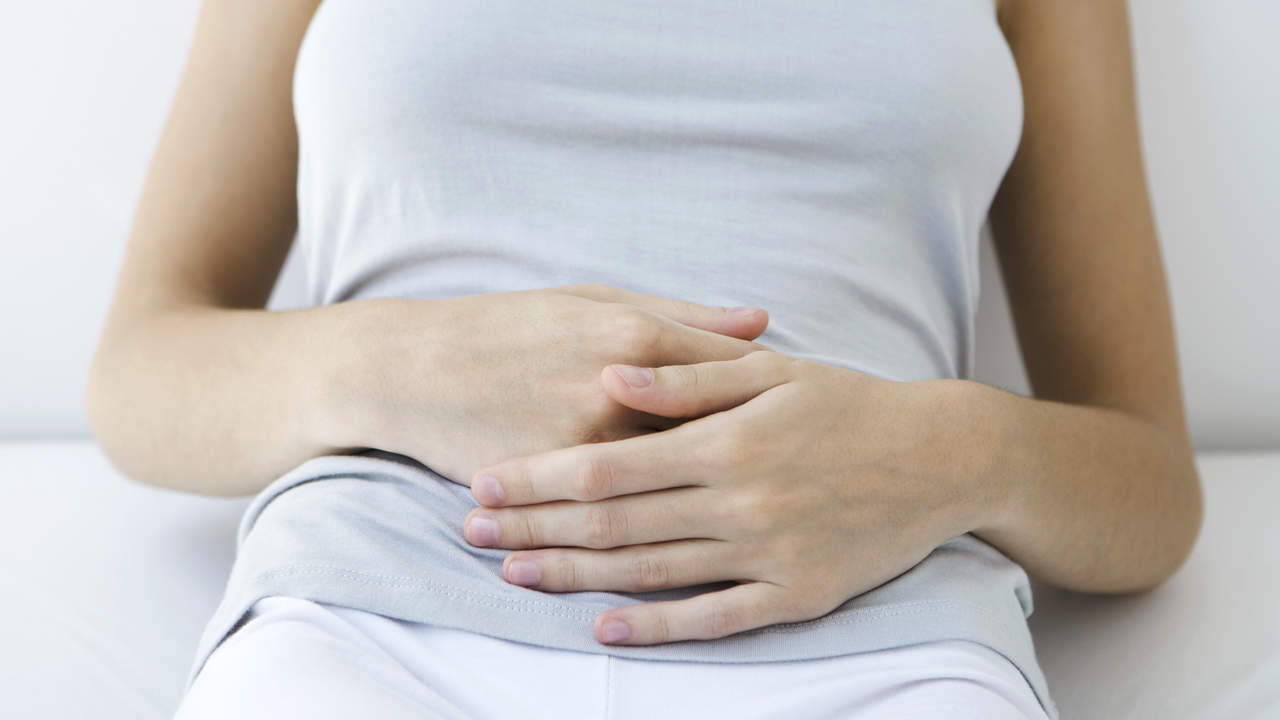
Endometriosis and Adenomyosis
Sometimes, particularly in women who have had children or who are late in their childbearing years, a condition known as adenomyosis can also occur. Adenomyosis can accompany endo or be a problem on its own. Adenomyosis is another condition involving the lining of the uterus, but in this case, the endometrial lining begins to break through the muscles of the uterus.
In both cases, pain is usually the primary symptom. Severe abdominal pain is common, including very painful menstrual cramps, chronic pain in the lower back and pelvis, intestinal pain, pain when having a bowel movement or urinating, and pain during or after sex. Other symptoms include heavy periods or irregular bleeding (such as spotting between periods or periods lasting longer than normal), bloating, and digestive problems. Sometimes, infertility issues can also occur. These problems can worsen over time, so it’s very important to see a gynecologist if these symptoms occur.
Researchers are unsure what causes adenomyosis or endometriosis, and there is currently no actual cure. But there are treatments that can help manage the problems associated with these conditions. Treatments can differ depending on your age, whether or not you want to get pregnant, and other health factors.
The first step is diagnosis. Dr. Thomas will begin with a pelvic exam to determine if there may be other reasons for symptoms, such as ovarian cysts or fibroids in the uterus. Once other causes have been ruled out, medical imaging is the next step. This may include MRI, CT scan, or ultrasound. Accurate diagnosis is important for many reasons, including ruling out other health issues and helping your doctor determine what course of treatment will be right for you.
Treatment for either or both of these conditions varies according to whether or not you are interested in getting pregnant, how severe your symptoms are, and your individual health. Hormonal medications are very common, and different ones can be used for women who want to try to get pregnant. For women who are not concerned about pregnancy, certain kinds of hormonal birth control can be very effective in treating symptoms. Pain management is often utilized as well, since severe pain is the most common symptom of both endometriosis and adenomyosis. If a patient doesn’t respond to medications, surgical alternatives will be discussed.
If you are having severe pain or any of the other symptoms associated with these conditions, call the office of Dr. Sherry Thomas. We can help.
